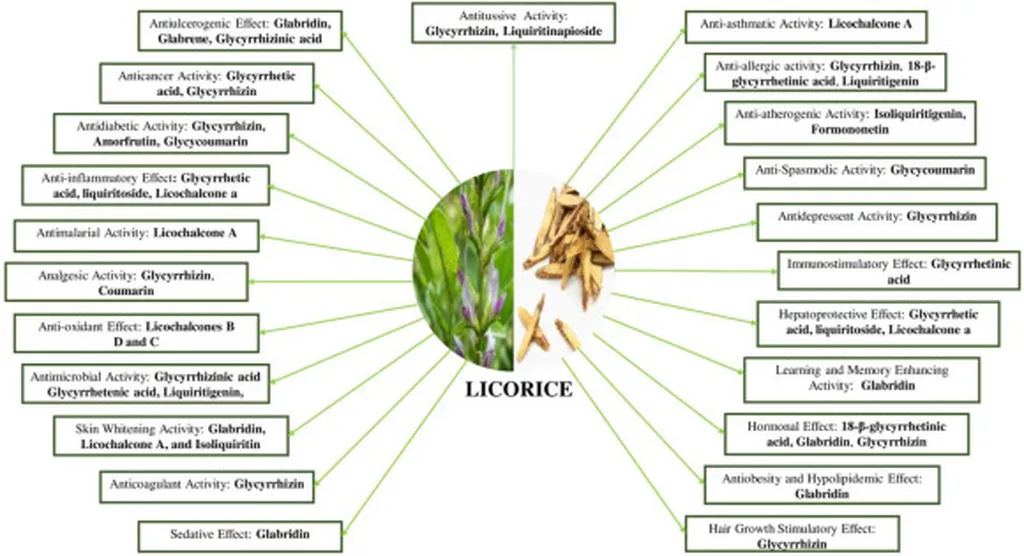In the relentless pursuit of effective treatments for Lassa fever, a team of researchers led by Sk. Faisal Ahmed from the Department of Biochemistry and Microbiology at North South University in Dhaka, Bangladesh, has made a significant stride. Their study, published in the Journal of Genetic Engineering and Biotechnology (also known as the Journal of Biotechnology and Genetic Engineering), focuses on the potential of two phytocompounds from the licorice plant, Glycyrrhiza glabra, to combat the Lassa virus.
Lassa fever, a severe hemorrhagic disease prevalent in West and Central Africa, has long posed a significant threat to public health. With a high mortality rate and no available vaccine, the current treatment options are limited to ribavirin, which has notable drawbacks. This research aims to explore safer and more effective alternatives from natural sources.
The study involved a comprehensive virtual screening and multi-stage molecular docking analysis of 69 natural phytochemicals from Glycyrrhiza glabra. Among these, licoisoflavone B and glabridin emerged as promising candidates. “These compounds exhibited strong binding affinities toward the target protein, which is crucial for viral replication and immune evasion,” explained Ahmed. This strong binding affinity suggests that these compounds could potentially disrupt the virus’s ability to replicate and evade the host’s immune system.
The researchers further validated the stability and efficacy of these compounds through extensive molecular dynamics simulations and principal component analysis. “Both compounds maintained structural stability throughout the simulations, highlighting their potential efficiency,” Ahmed noted. Additionally, density functional theory analysis indicated favorable electronic properties, supporting the compounds’ potential as viable drug candidates.
The implications of this research are profound, particularly for the energy sector, which often operates in regions where Lassa fever is endemic. “Effective treatments for Lassa fever could significantly improve the health and productivity of workers in these areas, thereby enhancing overall operational efficiency,” Ahmed said. This could lead to a more stable and productive workforce, ultimately benefiting the energy sector’s bottom line.
Moreover, the identification of these phytocompounds as potential therapeutics underscores the importance of exploring natural sources for drug discovery. “This study highlights the urgent need for further experimental validation to advance these compounds toward novel anti-Lassa virus therapeutics,” Ahmed emphasized. The findings could pave the way for the development of new, more effective treatments for Lassa fever, ultimately saving lives and improving public health outcomes.
As the energy sector continues to expand into regions where infectious diseases like Lassa fever are prevalent, the need for effective treatments becomes increasingly critical. This research not only offers a promising avenue for combating Lassa fever but also underscores the broader potential of natural compounds in drug discovery. With further validation, licoisoflavone B and glabridin could become key players in the fight against this devastating disease, ultimately benefiting both public health and the energy sector.

